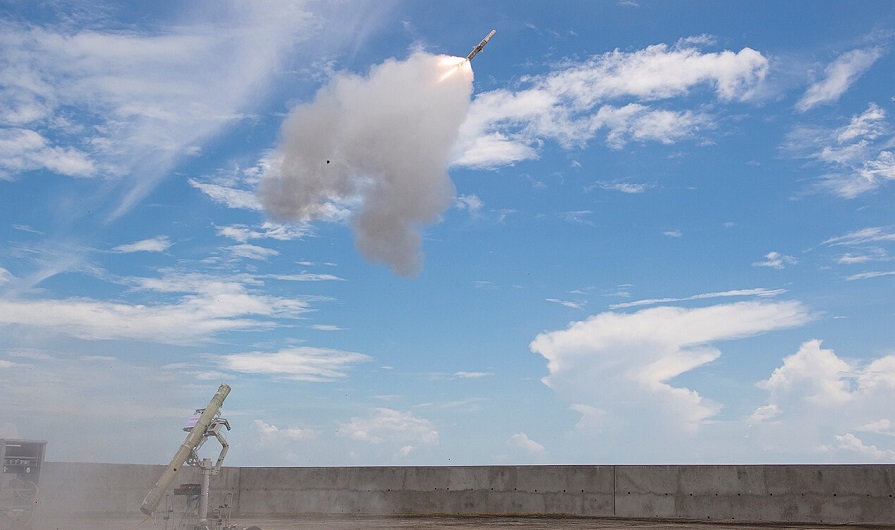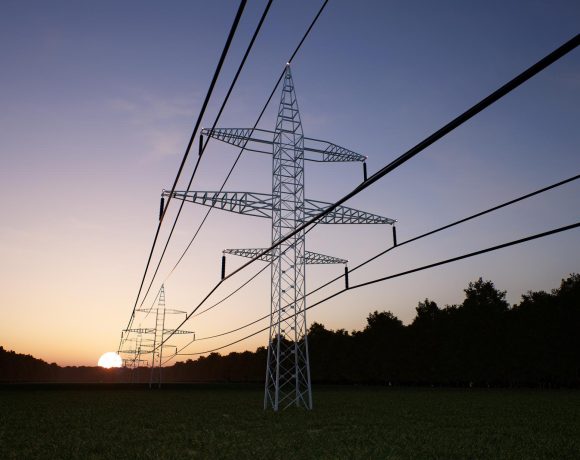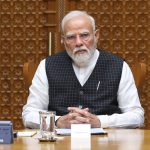
Pakistan’s Nuke Build-up Raises India Threat Concerns
A recent U.S. Defense Intelligence Agency (DIA) report has sounded alarm bells over Pakistan’s growing nuclear stockpile and its continued perception of India as an “existential threat.” The findings are part of the DIA’s 2025 Worldwide Threat Assessment and point to a significant military and strategic build-up by Islamabad, which may further destabilize South Asia’s fragile security equilibrium.
Pakistan Nuclear Arsenal Expansion
According to the report, Pakistan is not only maintaining but expanding its nuclear capabilities at a notable pace. The number of nuclear warheads is expected to increase from an estimated 170 in 2024 to around 200 by the end of 2025. This build-up includes tactical or battlefield nuclear weapons designed for close-range engagements — a clear signal of deterrence aimed at India’s conventional military superiority.
The report further highlights Pakistan’s pursuit of materials and technology related to weapons of mass destruction from international suppliers. This includes efforts to improve command and control systems for its nuclear assets and ensure their survivability in the event of conflict. DIA analysts noted that “Pakistan is modernizing its nuclear arsenal and maintaining the security of its nuclear materials and nuclear command and control.”
China’s Strategic Support to Pakistan
A key enabler of Pakistan’s military advancements is China. The report outlines Beijing’s deepening military and economic cooperation with Islamabad, which includes regular joint exercises and arms transfers. A significant air drill between the two countries concluded in November 2024, demonstrating increased interoperability and strategic alignment.
China’s role is viewed as pivotal in helping Pakistan hedge against both economic constraints and military disadvantages, effectively cementing a two-front pressure axis on India — from Pakistan on the west and China on the north and east.
Divergent Perceptions of Threat
One of the most revealing elements of the report is the contrast in how the two nuclear-armed neighbors view each other. While Pakistan sees India as its principal and existential threat, India considers China to be its primary security challenge and views Pakistan as a lesser, yet still volatile, concern.
This mismatch in threat perception complicates strategic stability in the region. It makes crisis communication and de-escalation more difficult, especially given Pakistan’s growing reliance on tactical nuclear weapons as a counter to India’s conventional military advantages.
Growing Concerns Over Regional Stability
The U.S. intelligence community warns that Pakistan’s accelerating nuclear modernization, its growing reliance on short-range nuclear options, and China’s unflinching support could spark greater instability in South Asia. With more nuclear weapons, a more agile doctrine, and support from a powerful ally, Pakistan’s posture introduces new uncertainties into any future India-Pakistan standoff.
The report indirectly calls for renewed diplomatic engagement and confidence-building measures to avoid the kind of miscalculation that could escalate into open conflict. In a region with two nuclear-armed nations and one assertive rising power, the stakes have never been higher.


















